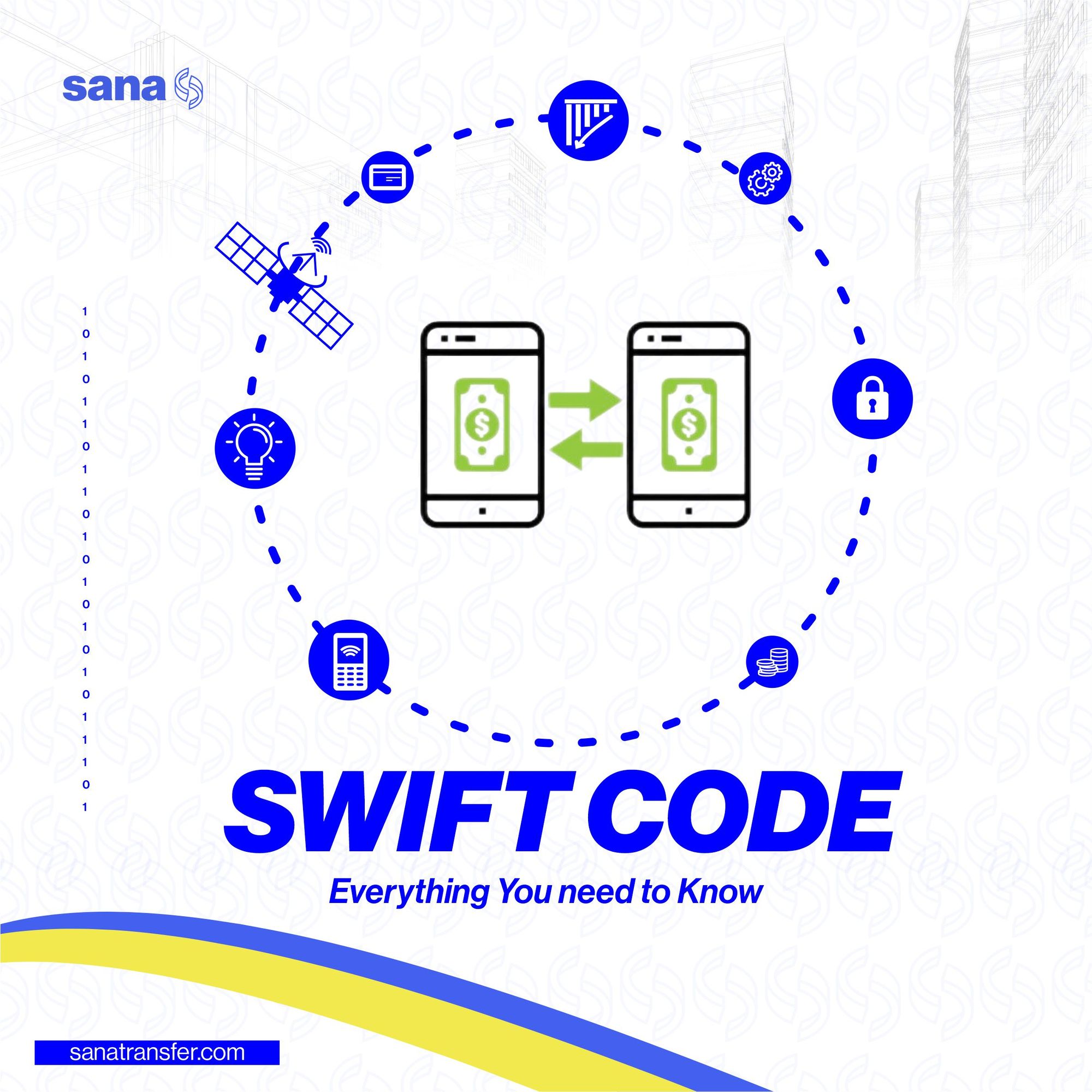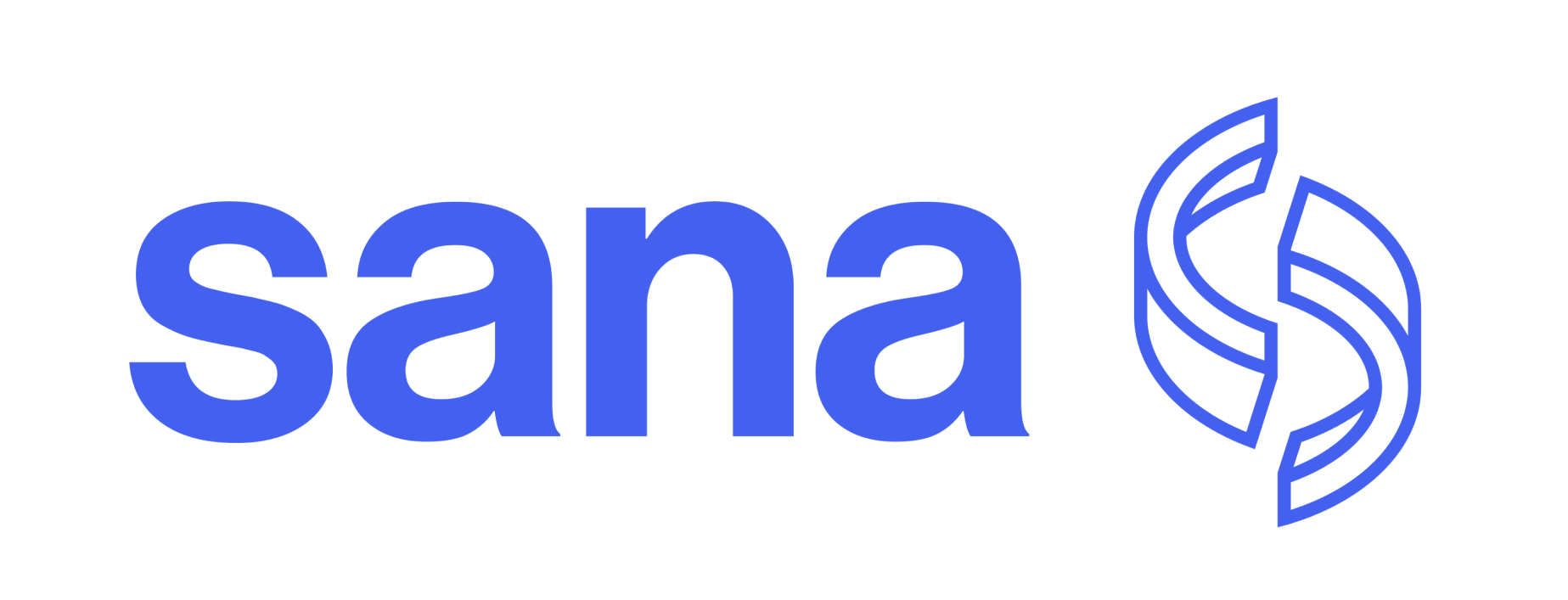What is SWIFT Code?
SWIFT code is a special code that is used to identify the bank, country, location, and branch to which a specific bank account is registered. Read more...

SWIFT codes are a key aspect of sending financial transactions internationally. Since there are numerous banks with different branches, it is difficult to differentiate between them and this is where SWIFT codes come in handy. Now, you may ask - what is the SWIFT Code? The information in this article will guide you through everything about SWIFT codes, their importance, how they work and how to search for them.
What is a SWIFT Code?
SWIFT code is a special code that is used to identify the bank, country, location, and branch to which a specific bank account is registered. It is also called the SWIFT number and is used to determine banks and other financial institutions globally. SWIFT code is used interchangeably with the term “Business Identifier Code (BIC)” and generally means the same thing. Essentially, these codes help to facilitate seamless money transfers between different banks. They are a must-have during international transfers or remittances and SEPA payments.
What is a SWIFT Code Used For?
When you are executing a bank transfer to your relatives who live in another country, you have to supply a SWIFT code for the bank account (similar to routing numbers). Basically, this code identifies the destination bank, country branch, and location of the transfer i.e it shows these details about your recipient’s bank account. Without this code, your bank transfer will not be received at the right destination.
What does a SWIFT Code Look Like?
A SWIFT code generally consists of either 8 or 11 letters as well as numbers. Usually, an 8-digit SWIFT code indicates that it is the major branch of the bank. These codes are usually arranged this way: AAAABBCCDDD
- AAAA is the 4-character bank code
- BB is the 2-character country code
- CC is the 2-character location code
- DDD is the 3-character branch code
What’s the Difference Between BIC and SWIFT Codes?
SWIFT is short for Society for Worldwide Interbank Financial Telecommunication. Essentially, it is a global network used for processing financial transactions between countries. BIC is short for Bank Identifier Code and refers to the unique set of numbers you can use to remit internationally.
Technically, many people make use of the 'BIC' and 'SWIFT' interchangeably. They are both used to describe the unique codes for international payments.
Recommended - What is the Difference Between Swift Code and Routing Number?
How do I find my SWIFT Code?
If you’re transferring to your relatives abroad, you’ll need to have the SWIFT code specifying their banks to execute your international transfer. You and your recipients can find SWIFT codes via any of these easy ways:
1. Check the bank’s website
If you are looking for your bank’s SWIFT code or someone else's bank SWIFT code, you can start with the bank’s website. Follow these steps:
- Visit the bank’s website and search if the site has their SWIFT code documented
- Read through the bank’s international payments, FAQs, as well as other related links. If you don’t find the code, try the last step.
- Search for ‘SWIFT code’ in the search box provided (if the bank’s website comes with the search feature)
2. Check bank statements
Generally, banks write their SWIFT codes on all their paper statements. However, if your recipient doesn't get any paper statements, they can simply just sign in to their bank account and check their bank statements there. Thereafter, they can provide you with a unique SWIFT code.
3. Search online
There are specific websites that enable you to search for your bank's SWIFT code. This website can come in handy when searching for bank SWIFT codes anywhere in the world.
4. Call your bank
If you’ve tried out all the options listed above and still don't get it, try calling the bank. The bank customer service should be able to give you an immediate answer and this saves you the stress of searching for it yourself.
Is a BIC Code the same as a SWIFT Code?
Yes. A BIC (Bank Identifier Code) is exactly the same as a SWIFT code. Both are made up of numbers and letters used to identify the country, bank and branch to which an account is registered to. And so both provide vital information when sending a money transfer.
Is a SWIFT Code the same as an IBAN?
No. Essentially, these two numbers are used to determine different things. A SWIFT code is usually used to determine the precise bank during an international financial transaction. On the other hand, an IBAN, short for International Bank Account Number, helps to identify a person’s account number during a transaction.
The IBAN is generally used in numerous countries all over the world and consists of up to 34 characters. Also, the IBAN is made up of both numbers and letters. Nevertheless, both SWIFT codes and IBAN are very important in the seamless execution of international money transfers or remittances.
Bottom Line
Now that international transfers have become more common than ever, it is important for everyone to have an idea of what the SWIFT code means. The guide above has explicitly provided answers to the question “what is the SWIFT Code?” and shed light on other important details about it. Essentially, having this code enables your transfer to be securely sent to the right destination.
SanaTransfer offers easy, fast and secure payment services with better rates and faster payouts for international remittance. Sign up now to get started.
Download the app for Android or iOS.
